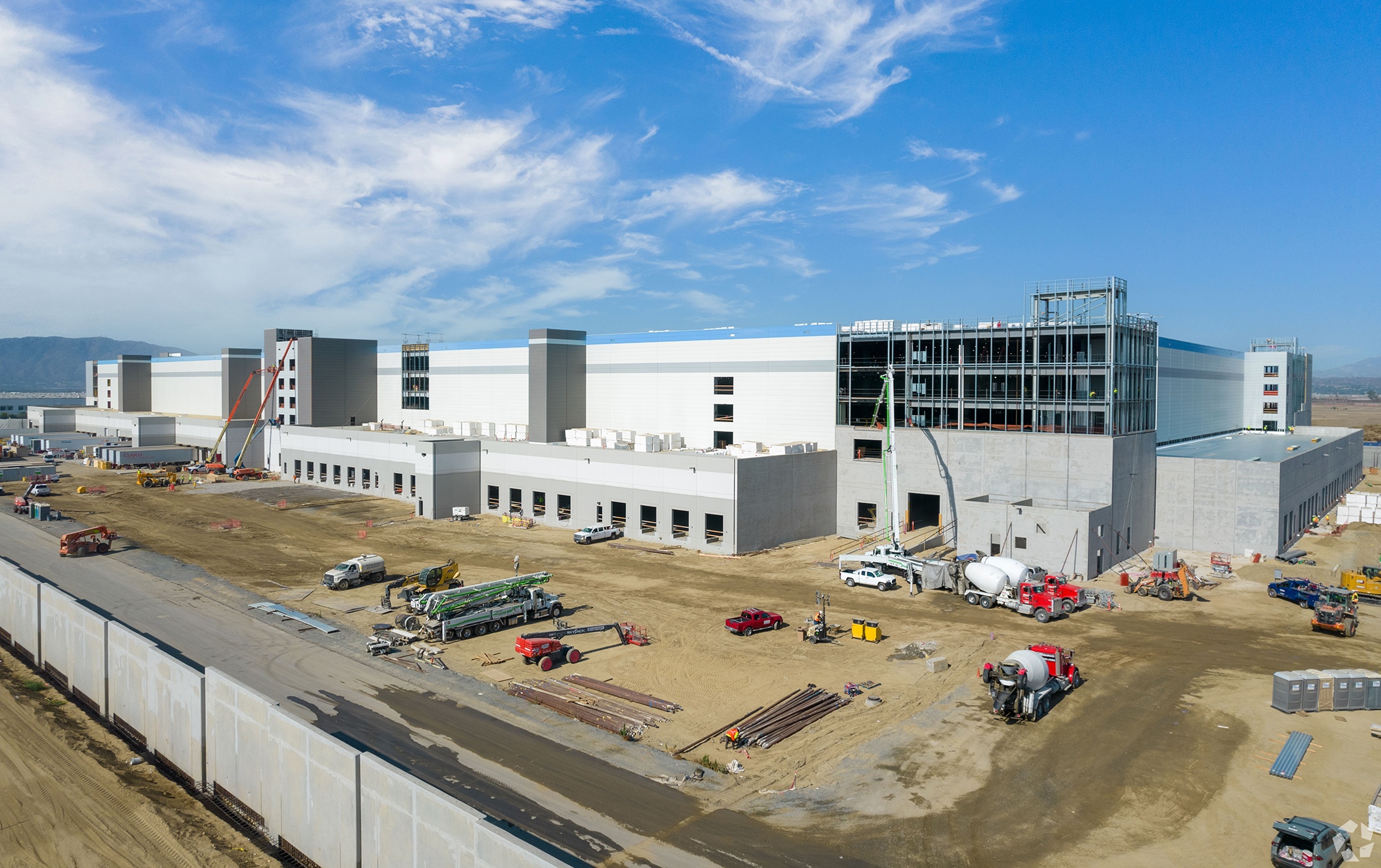Amazon CEO Andy Jassy said the online retailer is pushing forward on its shift to a regional delivery network, changing the way it uses some of its industrial property to fill orders faster.
The Seattle-based company started using its increased fulfillment center sites in the past year to "move from a national fulfillment network to a regionalized network model," Jassy said in his second letter to shareholders since he took over the CEO post from Jeff Bezos in 2021. The changes include logistics software, processes and physical operations as the company has spent billions of dollars in recent years to buy real estate for conversion to logistics centers as it shifts their use.
"We’ve recently completed this regional roll out and like the early results," Jassy said, adding that until recently, Amazon ran one national network that distributed inventory from fulfillment centers spread across the country. If a local fulfillment center didn’t have the product a customer ordered, the company would end up shipping it from other parts of the country, he said, a process that's changing under the new system.
The company also is returning workers to offices and expanding its grocery business even as it cuts costs and lays off thousands of employees during what Jassy called “one of the harder macroeconomic years in recent memory.” Amazon expects corporate employees to come back to the office at least three days a week beginning in May.
"We’ve become convinced that collaborating and inventing is easier and more effective when we’re working together and learning from one another in person," Jassy said. “Invention is often messy. It wanders and meanders and marinates. Serendipitous interactions help it, and there are more of those in-person than virtually."
Amazon cut costs over the past year by closing its health care initiative Amazon Care, canceling warehouse development and subleasing warehouse space and started the company's largest round of layoffs in its history, with 27,000 jobs eliminated since last fall.
Machine Learning
The company is also “investing heavily” in in specialized computer chips used for machine learning and generative artificial intelligence, the same technology that underpins ChatGPT and other similar chatbots. A growing number of real estate analysts see AI as a potential driver of office demand growth.
Amazon will continue to invest part of a new generation of machine-learning systems that can converse, generate readable text on demand and produce images and video based on what they’ve learned.
Jassy also said that the $800 billion grocery market still holds huge potential for the company, despite moves to close some Whole Foods stores.
"While we’re pleased with the size and growth of our grocery business, we aspire to serve more of our customers’ grocery needs than we do today," he wrote. "To do so, we need a broader physical store footprint, given that most of the grocery shopping still happens in physical venues."
Whole Foods is on an encouraging path, but to have a larger impact on the bricks-and-mortar grocery industry, Amazon "must find a mass grocery format that we believe is worth expanding broadly," Jassy said. The company opened 11 Whole Foods and 21 Amazon Fresh locations in 2022. "Grocery is a big growth opportunity for Amazon."




